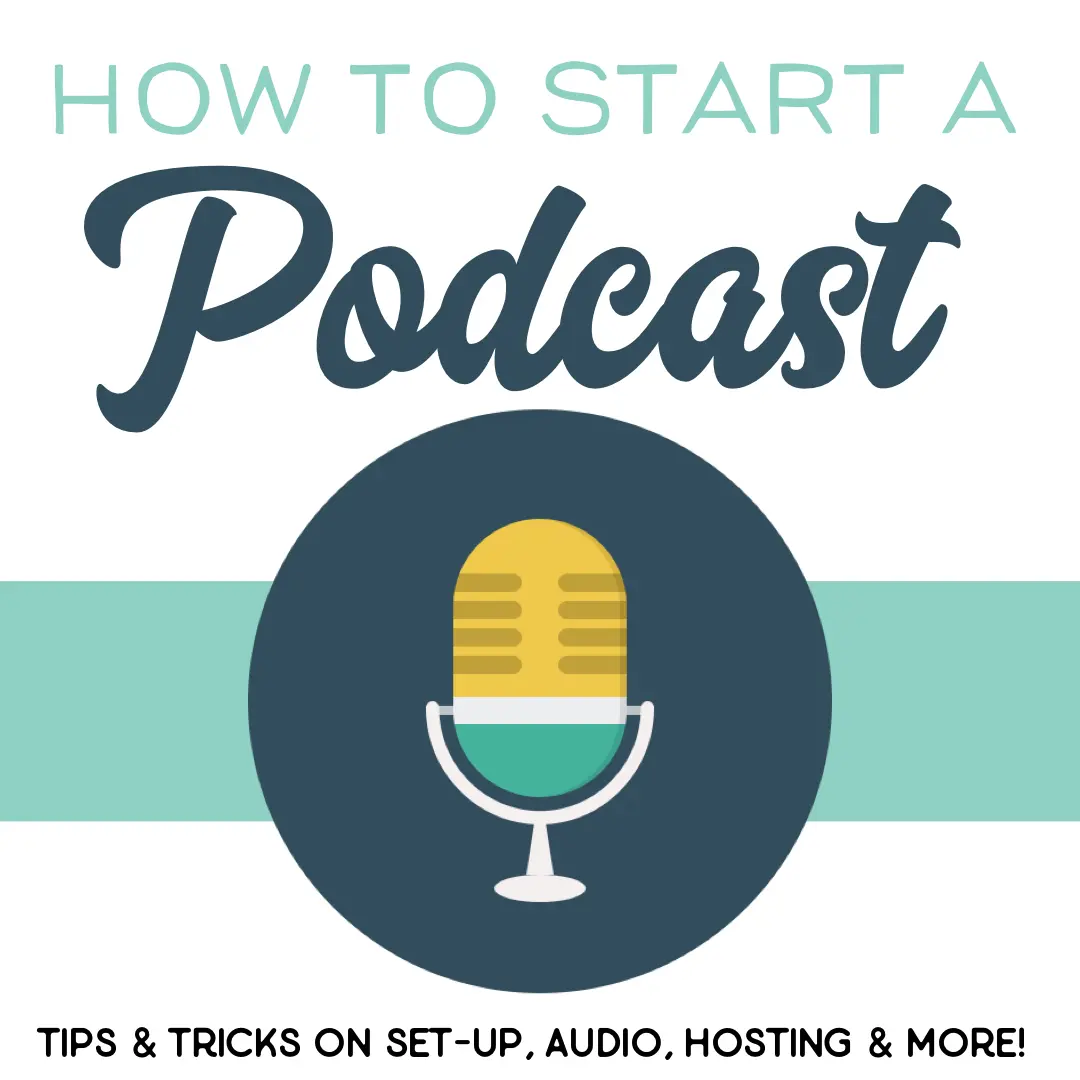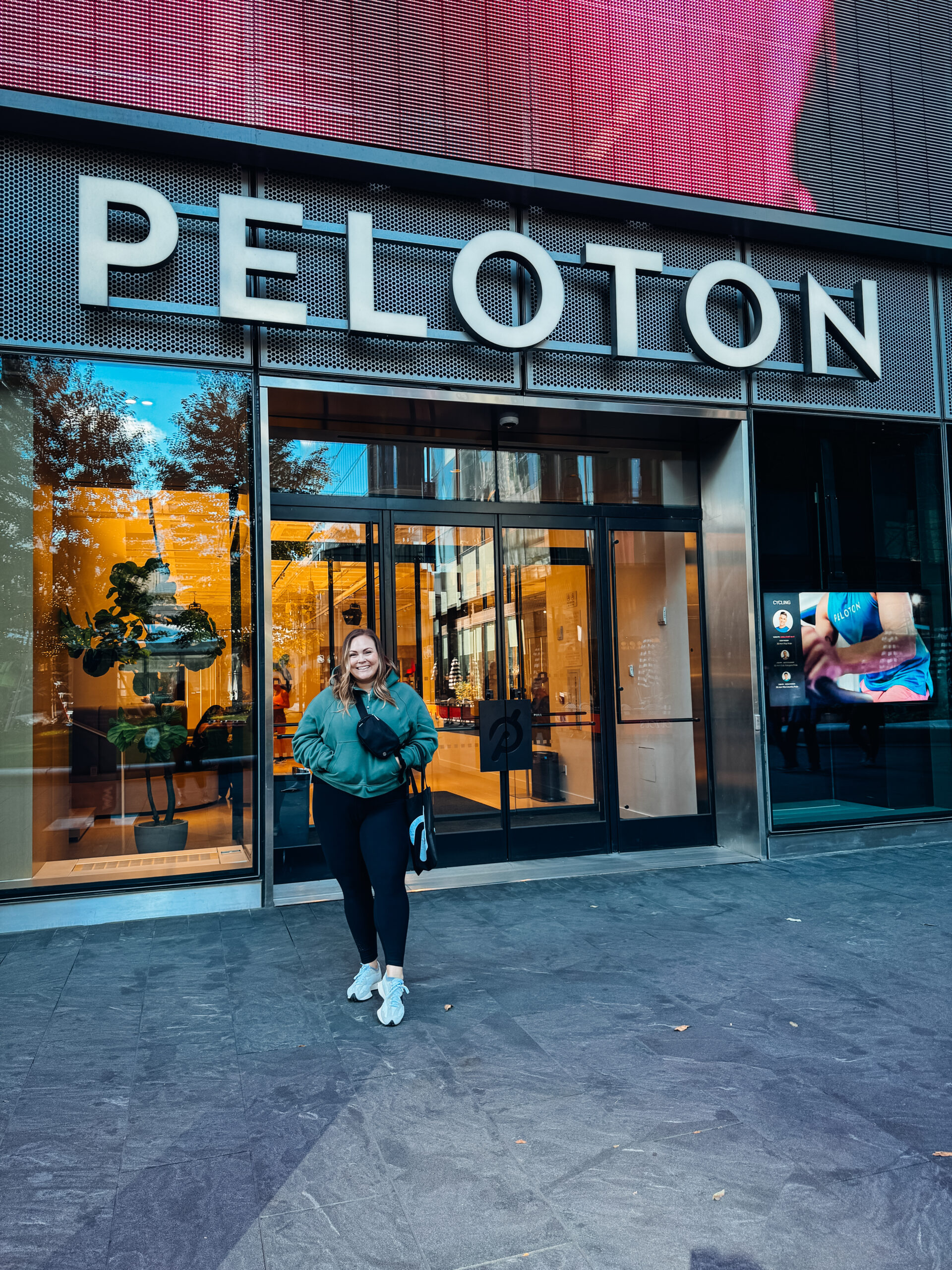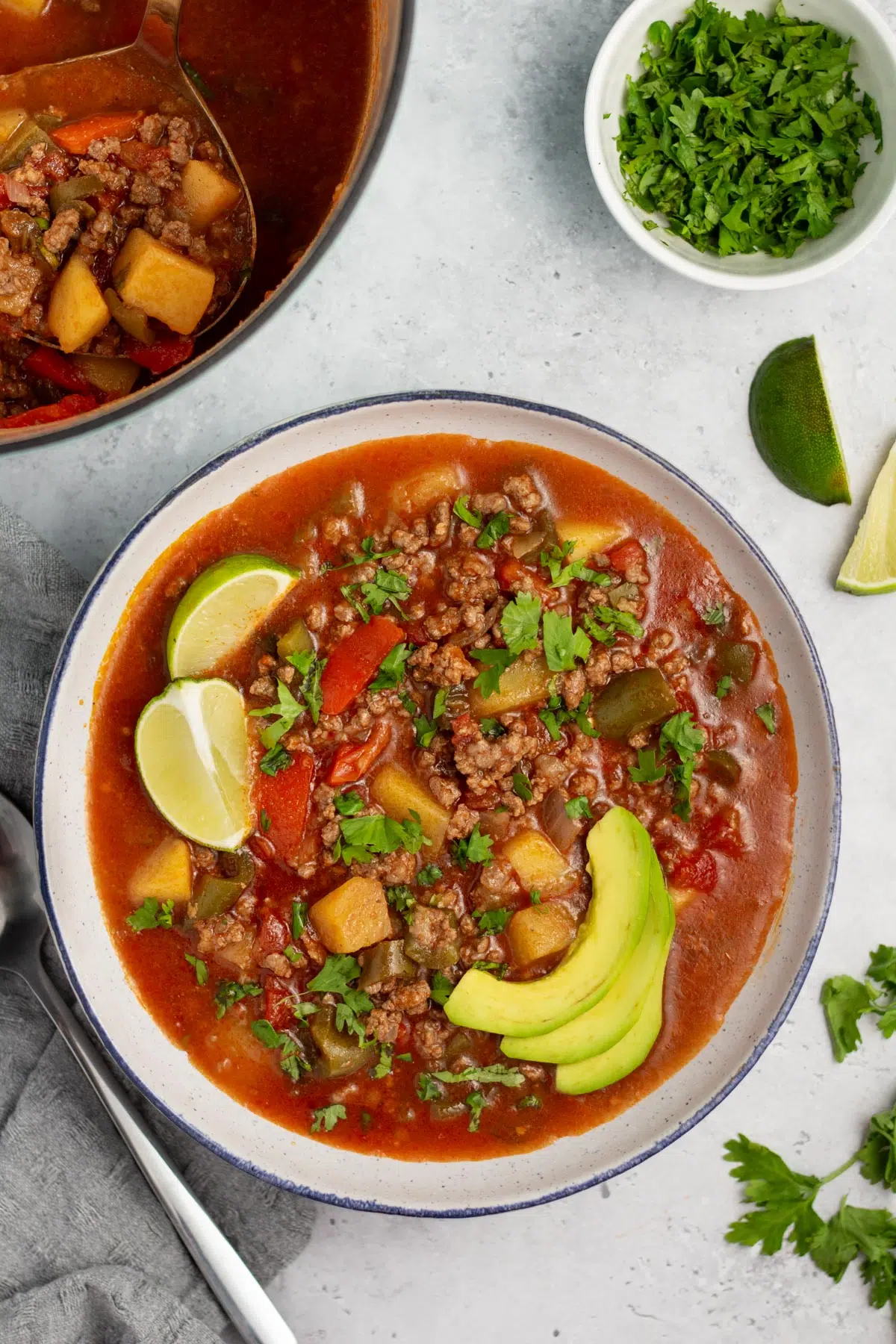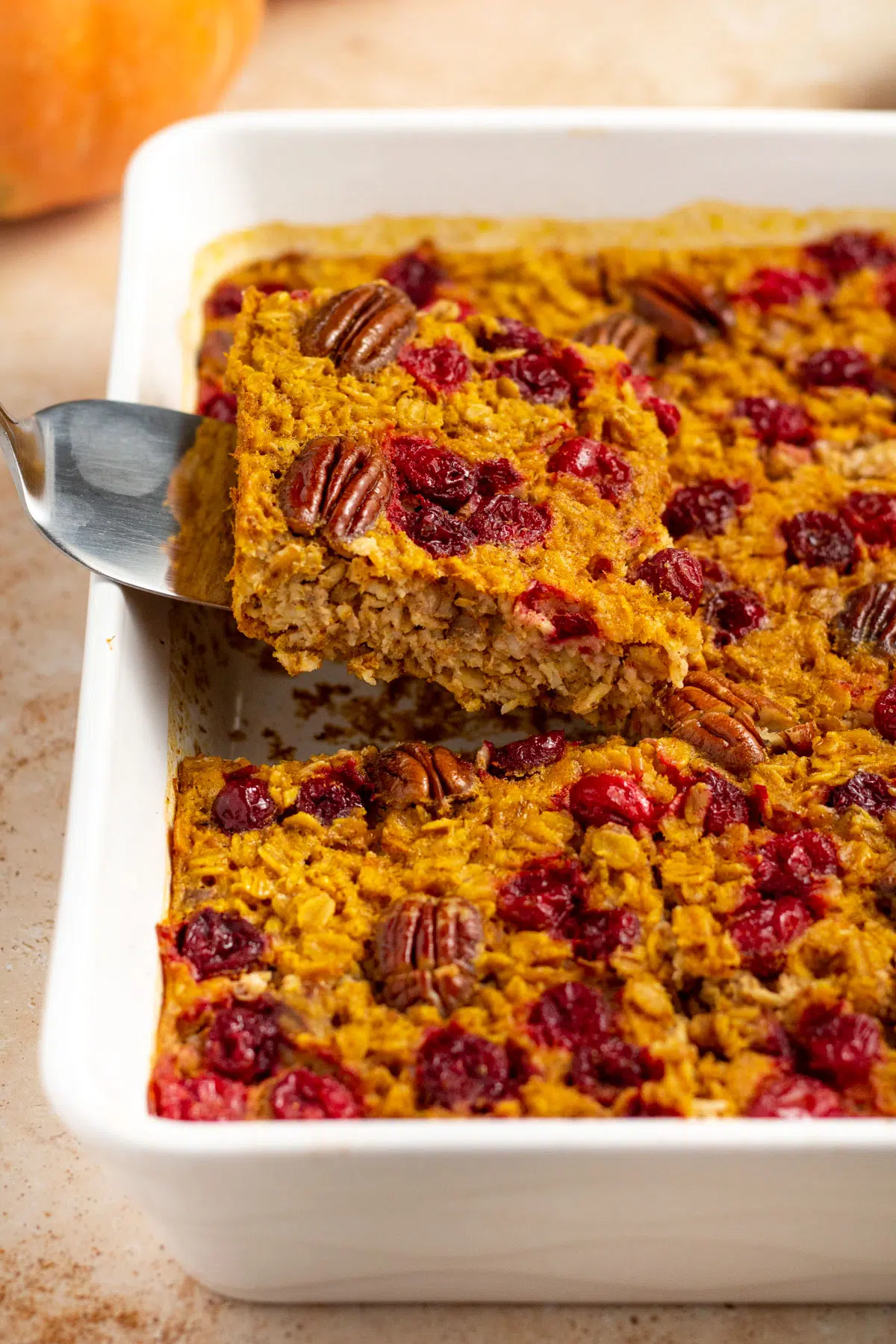I started a podcast in July with my friend Bailey of Whole Kitchen Sink and it has been such an awesome ride! It is so much hard work (like seriously though, SO. MUCH. WORK.) but it has been so rewarding connecting with our community on this whole new level. I am putting together this post on how to start a podcast because I have gotten so many messages on my Instagram account about what steps we took, what set-up and devices we recommend and where to start! So here we go!

First Things First
It’s important to know a few key points before starting your podcast. Who will your audience be? What topics will you cover? How often will you release episodes? How long will your episodes be? Those are a few important ones that should be figured out in addition to deciding on a name. You want to choose a name that is simple to pronounce and easy to spell so that it can be searched easily on all platforms. We got our name for the “A Little Salty Podcast” because Bailey texted me that she was “a little salty” that another name we were looking at was already taken. I texted back “hey! What about a little salty? That’s cute!” and the rest is history.
Setting The Stage
Once you have some of those basic decisions out of the way it’s time to get started with your set-up.
Location, Location, Location
I am HUGE on audio quality. The mics pick up EVERYTHING. Every cough, sniffle, rustle, bird chirp – you name it. It’s super important to minimize any outside noise. Areas like open windows where cars will be passing by are not going to be great places to record. It’s best not to record in a room with hardwood floors or a room with a lot of wall space as the audio will bounce off those surfaces and sound a bit echo-y. I record in my closet which is the perfect place because the space is small and I am surrounded by clothes to absorb the sound. It works perfectly! No echo and no room hiss. It’s not always fun in the summer when I’m sweating like crazy and can’t turn on a fan because wind noise, but I make it work. I also close the door to my room where the closet is to ensure my fur babies don’t wander in and cause extraneous noise.
I was listening to the Goaldigger Podcast and Jenna Kutcher gave an awesome tip to help absorb sound. I was looking for a way to do that for Bailey since she doesn’t record in a small space surrounded by sound absorbing clothes. You can take a canvas storage cube and add in some acoustic foam (I bought it from Amazon) to line the inside. Flip the cube so the the open side is facing outward, stick your mic inside and viola! A little mini sound box to absorb some room hiss.
If you’re unsure of your location do a quick sound check and record yourself and take a listen with your headphones in. If you can hear a lot of wind from a fan or echo from a room, you will be able to tell what environmental changes you may need to make. I also close all other programs besides what is necessary when recording to avoid over working my computer and causing the fan to start. The mic can pick this up as well.
And word to the wise, double check your audio before recording. And once you’re done double checking it, triple check it. Bailey and I have forgotten to flip our mic switch on, have recorded with a mic we didn’t realize was broken and recorded only to find the audio was all static. It is the most frustrating thing in the world when you spend hours recording and then discover the audio is unusable and it needs to be redone. Learn from our mistakes! And to be honest, we still make mistakes and are learning new things about podcasting everyday. It’s a journey folks!
Recording Software
We are in a bit of a unique situation because I record from San Diego and my co-host Bailey records from Minneapolis. We use GarageBand to record our individual audio tracks and then we use Skype to see each other when we record. The visual connection is super important in order to gauge facial expression and body language and it just helps the flow of the podcast. When we record, we count in together and begin our recording at the same time. After, we edit the two tracks together and the end result is audio quality that sounds like we are in the same room.
Speaking of editing, another important thing to think of is how you will edit your podcast. You can hire an outside editor or you can watch a lot of tutorials and teach yourself like I did. It seems confusing but once you get the hang of it, it’s pretty simple. It is definitely a time consuming endeavor with each episode taking about 3-4 hours to edit (longer for interviews).

I think this may be unique to our situation of recording in two different locations but you do have to think about the time that will go into the editing portion. Plus, each of our episodes is about an hour so I do have to listen to each one thoroughly in order to hear where I need to make edits. During editing, I remove as many extraneous sounds as possible (weird breathing, dogs barking, general movement, etc) as well as prolonged silences or extra fillers in our speech. I also add in our intro, outro and any ads we have going on.
For interviews, we use the free version of Zencastr or Ecamm Call Recorder. The Ecamm recorder pulls the audio from Skype. The quality is such that the person being interviewed sounds like they called in versus being in the same room but the reliability of the audio is good. Zencastr is something we only recently started trying out. It provides better audio quality for your guests and they can simply click a link to join a call, however we have run into some small issues the majority of times we have used it. For example, a popping sound in the guest’s audio, the guest’s audio being compressed or sped up, losing the audio altogether (podcasters worst nightmare). We have done some troubleshooting and it looks like there are simple fixes for this so hopefully we will get it down eventually but luckily our call recorder software has saved us each time. I do think the audio quality of Zencastr is worth trouble shooting through some of those other issues. Just make sure you have a back up when you start trying it out.
Audio Equipment
I currently use the Audio Technica ATR-2100 mic and it works great! I bought it on amazon in a bundle with headphones and a pop filter. The pop filter helps out with some of the more harsh sounds like the P’s. I didn’t looooove the headphones it came with so I use my Bose Sound True headphones instead. You can even use your regular ol’ earbuds which I have done before and they worked just fine. My co-host uses the Yeti and she has been loving that one.
Ready to Record?
I advise recording 3-4 episodes to launch your podcast so that your audience has a chance to really get to know you and your podcast. They are much more likely to subscribe if they have more than one episode to listen to and ultimately that’s what you want – more subscribers to reach more people.
When you record, you will want to record an intro that outlines what your podcast is, what it’s all about and who you are as a host. You will also need an outro that thanks for your listeners for tuning in and lets them know where to go to find the show notes (summary of what was discussed during your podcast – here is an example of one of ours) and where they can subscribe or leave a review. Once your episodes are ready to go you can publish them with your host.
Speaking of Hosting…
Next up is figuring out which host to use. We decided to go with Blubrry and we have been LOVING it. It makes uploading a new episode a piece of cake using the WordPress plugin to link directly to our blog. The pricing is reasonable and they also give you some wiggle room when you go over your data which is MUCH appreciated since every now and then we have a lengthier episode. The dashboard is user-friendly and the podcast statistics they provide are super helpful to see how many downloads you have in total and per episode, your highest referrers and what devices people are listening on.

Bluburry will provide you with an RSS feed which is the feed that you will submit to iTunes, Spotify and other podcast platforms. Once that RSS feed is accepted, each time you update your podcast, it will update in those places too and new episodes will pop up automatically. Magic! If you don’t already have a blog, Blubrry also does a free basic WordPress site to house all of your podcast episodes. Overall, I highly recommend Blubrry if you’re thinking of starting a podcast.
Hopefully this post on how to start a podcast is helpful if it’s something you’re looking into! If you have any other questions leave them down below!
Please note that some of the links above are affiliate links, and at no additional cost to you, I will earn a small commission if you decide to make a purchase after clicking through the link. The products linked are ones I use personally and wholeheartedly recommend.
Thank you for your continued support!
















Leave a Reply